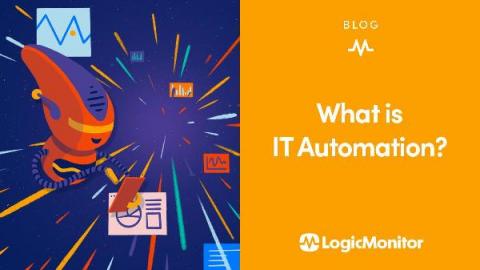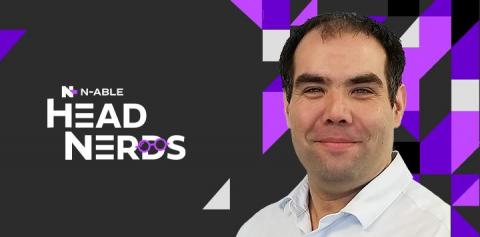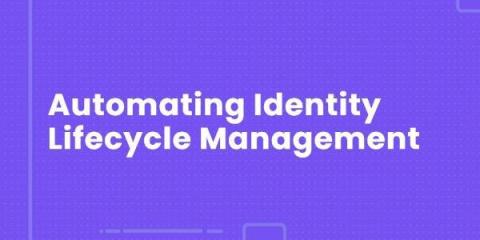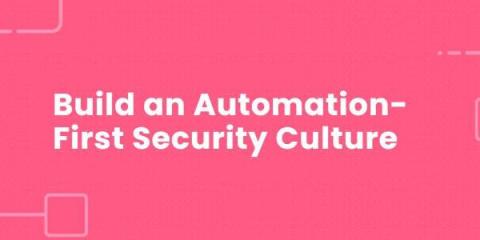Operations | Monitoring | ITSM | DevOps | Cloud
Automation
Automation insights you might have missed
Following on from my last blog, which looked at some of the tips and tricks our partners found most useful during my Empower MSP 2021 course, here are some more sessions I wanted to highlight.
Team Spotlight
The #LifeatTorq Team Spotlight is a Q&A series dedicated to the talented and generally kick-ass team that form the foundation of our growing company. Today we are spotlighting Ori Seri, an R&D team leader at Torq, based in our Tel Aviv office. Tell us a bit about your career path before Torq. Ori: I was an officer in an Israeli Defense Forces (IDF) Intelligence unit early on. Then I worked at a startup called Nuweba, where I began as an engineer, and later led an R&D team there.
D2iQ: The Smart Way to Get to Day 2
Automated Threat Intelligence: An Overview
SecOps and security teams spend an excessive amount of time sifting through low-value, poorly-contextualized alarm data rather than actively hunting for valid threats. This is because bad actors are constantly looking to steal whatever they can hold onto with the least exposure. Recent ransomware attacks in critical business sectors only serve as reminders that organizations cannot lie dormant. This blog post will unpack strategies to help overcome these challenges and explain why integrating threat intelligence with security orchestration and automation is critical for an effective security operations strategy.
9 ways to drive time to value with Puppet Enterprise
This is the first post in a four-part series on why Open Source Puppet users have made the decision to move to Puppet Enterprise. If you’re considering making this change, read on for pros and cons! As more and more businesses are moving from Open Source Puppet (OSP) to Puppet Enterprise (PE), they are experiencing multiple benefits. In this blog series, we’re exploring the biggest benefits we hear from customers about their experience moving from OSP to PE.
Automating Identity Lifecycle Management
The identification of every user making a request to a given system is vital to ensuring that action is only taken by, and information only returned to, those who need it. This happens in two steps: first, the requester is identified (authenticated), and then that identity is used to determine which parts of the application they are allowed to access.
CFEngine: The Agent Is In 4 - CFEngine Build System (CFBS)
Wind River and Intel Collaborate on Leading 5G vRAN Solution for FlexRAN
Build an Automation-First Security Culture
When you think about how to automate processes within the IT industry, your mind probably goes first to tools. After all, the past decade has witnessed an explosion of tools from across the industry that promise to make it easy to automate virtually every aspect of IT operations — from low-code development solutions that automate coding, to release automation tools for applications, to automated monitoring and security platforms.











